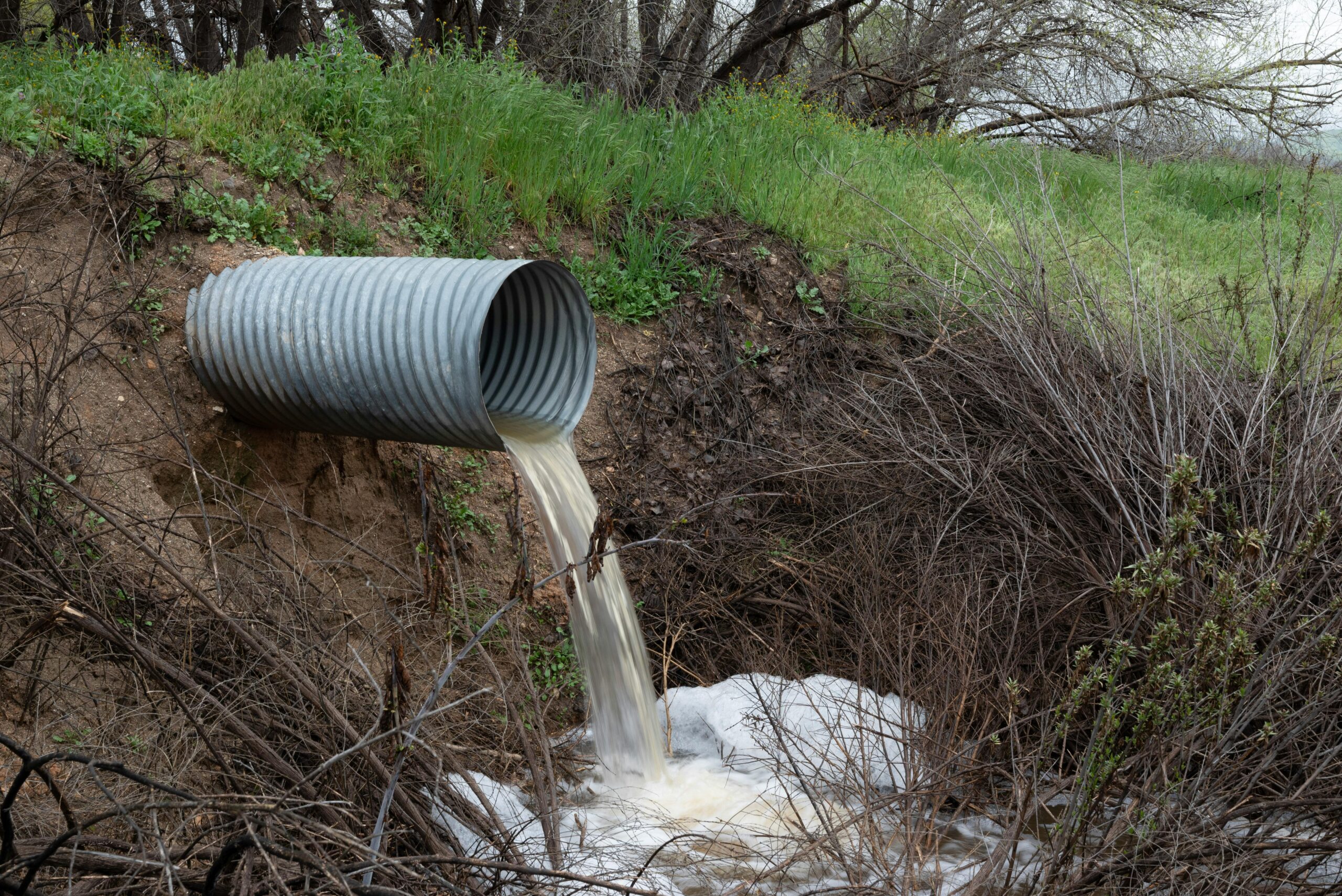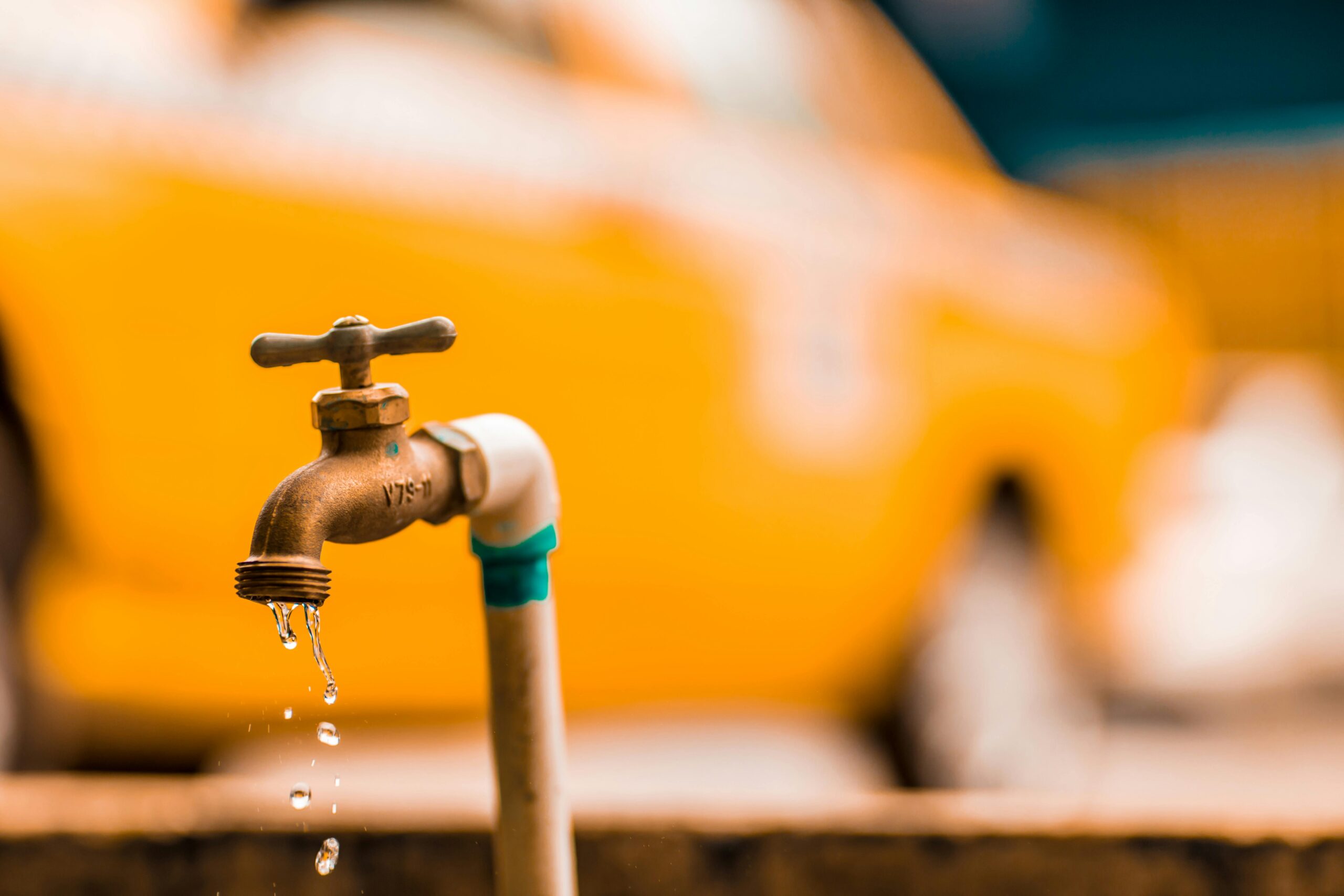We like to talk about conserving water via technology such as low volume toilets and shower-head flow restrictors. But there is another area we should be looking at, and that is the reuse of household water. Now, I am not talking about anything as drastic as turning toilet water back into drinking water, and in fact I am not suggesting we reuse any water for our drinking. However, for less critical water, especially showering, laundry, car washing and dish-washing machines, we can save tremendous amounts of water by reuse.
I have provided a simple design to show how these types of waters could be reused. Please open the attached pdf for a better look at what the system would look like. As you do that, let’s talk about what this system would look like, in this case only considering shower water reuse, which is our biggest household consumption.
The drain from the shower goes to a reclaiming tank. From there it is pumped out to a sediment filter that will remove particles like hair, skin and dirt. (Yuck, I know). Next the water goes through a back-washable carbon filter that will remove organic matter (soaps, conditioners, fragrances). We proceed next to a ceramic ultra-filter that will filter down into the molecular range, targeting bacteria and viruses. The backwash water that is required to operate this, and the carbon filter will go directly to the sanitary sewer.
From this point the filtered water is again stored and re-injected with chlorine to keep bacteria from growing. Another pump will be used to send the water back into the shower head after passing through an ultraviolet light (UV). The UV will provide further protection against bacterial growth. Ideally, water would be constantly recirculated from the tank, through the UV system and then back into the tank.
Finally, since water will be lost to evaporation, and back-washing of the carbon and ceramic filters, a fresh city water make up line, with the help of automatic level controls will make sure that the collection tank is always close to 100% full.
Today, this kind of a system could be installed for about $25,000 As you can see, the payout would be a very long one, but as prices come down and water costs rise, it could become a reality for the smart-house of the future.







